Purl (P) - US/UK method
Patterns using this technique
Video #6, listed in: Learn to knit, UK/US style
Our videos do not have sound. We are a worldwide company and our videos are watched by people speaking endless of different languages and many do not understand English. So since there is not a given language for us to use, we instead have written instructions to accompany the video, and then there is no sound to disturb while watching.
You can adjust the speed of this video by clicking on the icon, on the play bar.
![]() Karine Müller wrote:
Karine Müller wrote:
De manier waarop de draad vastgehouden wordt, varieert in verschillende landen. De manier in deze video is niet alleen de Engelse methode, maar ook de normale manier voor Nederland; in Duitsland breit men anders! De methode die op de meeste video’s getoond wordt is hoofdzakelijk de Duitse methode - ik neem aan, dat de opnames met een Duitse breister werden gemaakt.
24.04.2012 - 09:53
![]() Annelien wrote:
Annelien wrote:
Ik brei al jarenlang op dezelfde manier als op de foto. Heb het van mijn Nederlandse moeder geleerd, die inmiddels 115 jaar zou zijn geweest als ze nog leefde. Ook op school werd ons op deze wijze geleerd te breien! Groetjes, Annelien
19.01.2012 - 13:56
![]() Florence wrote:
Florence wrote:
Moi aussi je tricote comme ça. C'est ma grand-mère qui me l'appris. Façon sud-ouest.
16.01.2012 - 21:30Analía wrote:
Es la manera más fácil de tejer punto revés, el método noruego o escandinavo es díficil para mí. Saludos!!
22.05.2011 - 07:01
![]() Chantal Boiton wrote:
Chantal Boiton wrote:
Et moi, aussi, comme Mr Jourdain... sans le savoir! J'ai appris de ma mère qui, elle-même a dû l'apprendre de la sienne... qui était ... anglaise! Bon tricot!
04.05.2011 - 15:03
![]() Blucheau wrote:
Blucheau wrote:
Héhé, je tricote donc de la manière américaine/anglaise!!!
23.03.2011 - 18:49Leave a comment or question to this video
Your email address will not be published. Required fields are marked *.








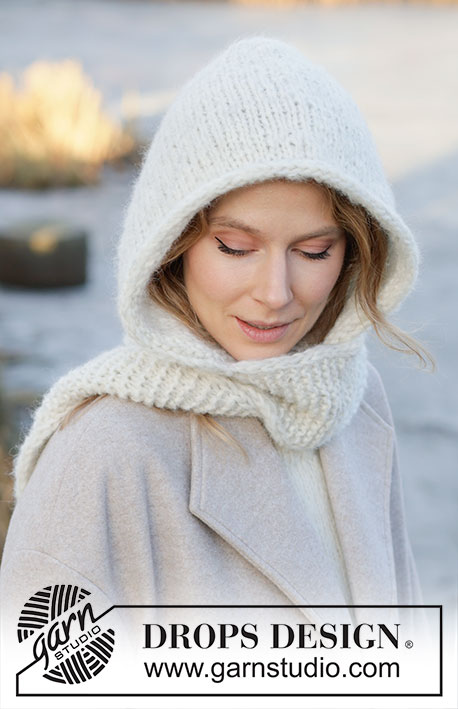
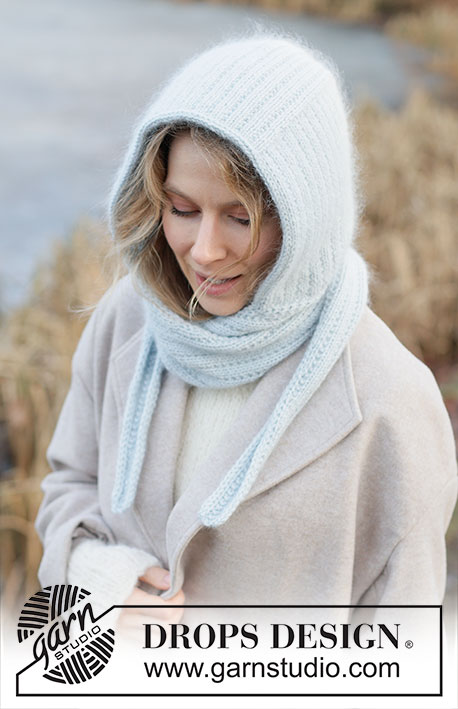










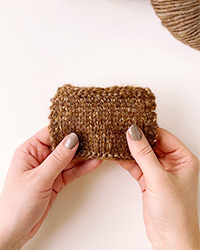
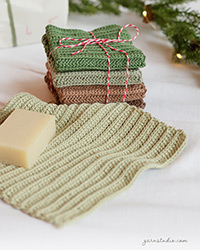
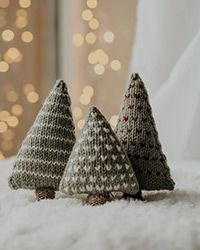

Deze manier heet de Engelse manier genoemd. De "Continentale manier" of wat u noemt "Duits" is meer uitgebreid. Ter info is de breister Zweeds ;o)
24.04.2012 - 11:09